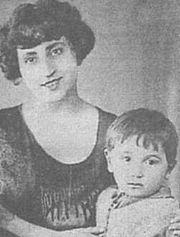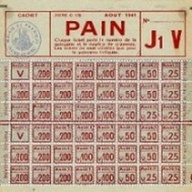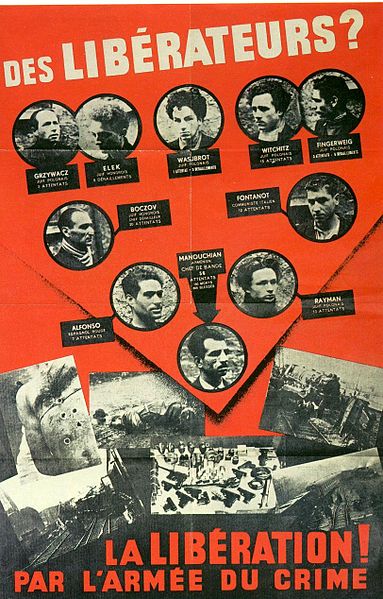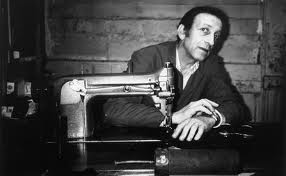Shoemakers of Belleville
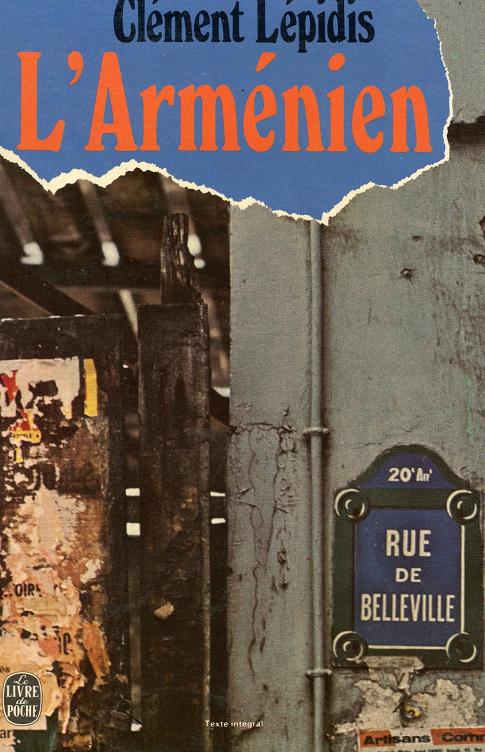
During my first research trip to Paris, I went to the Librairie Orientale Samuelian not far from the Luxembourg Gardens. Alice Aslanian, whose father had founded the bookstore in 1930, remembered me from a previous visit and pointed out a copy of Zabelle they had among their wares. She pulled from the shelves a number of books that she thought would be germane to my research, and then went to the back to find a yellowed paperback copy of a book that was out of print and difficult to find: L’Armenien by Clément Lépidis, originally published in 1973. (It has since been reissued by Desmos.) This she generously offered to me as a gift.
Lépidis, who was born in 1920 and died in 1997, was a French writer of Greek descent. His immigrant father had fled Anatolia during the anti-Christian massacres and ended up working in the shoe trade of Belleville. (In Paris between the two wars Greeks and Armenians dominated fine shoemaking.)
The protagonist of L’Armenien was Aram Tokatlérian, an Armenian Genocide survivor trained in an orphan school as a shoemaker, who had come to France to start a new life. He found work in a Belleville shoe atelier in the thirties. In this novel, Belleville was alive with vibrant characters, the scents of spices in the Armenian food shop, the smell of the tannery where the shoemakers procured the leather they used, the sounds of the cobbler’s hammer and accordion music from dance halls.
Lépidis wrote two memoirs–Des Dimanches à Belleville (Sundays in Belleville) and Je me souviens du 20e arrondissement (I Remember the 20th Arrondissement)—that evoked in loving detail the neighborhood of his childhood, which was more like a village than an urban enclave. Reading these books was a way to immerse myself in the atmosphere of Belleville during the 30’s and 40’s, and was immensely helpful in my imaginative creation of Maral Pegorian’s world.
Nancy Kricorian
October 23, 2012
